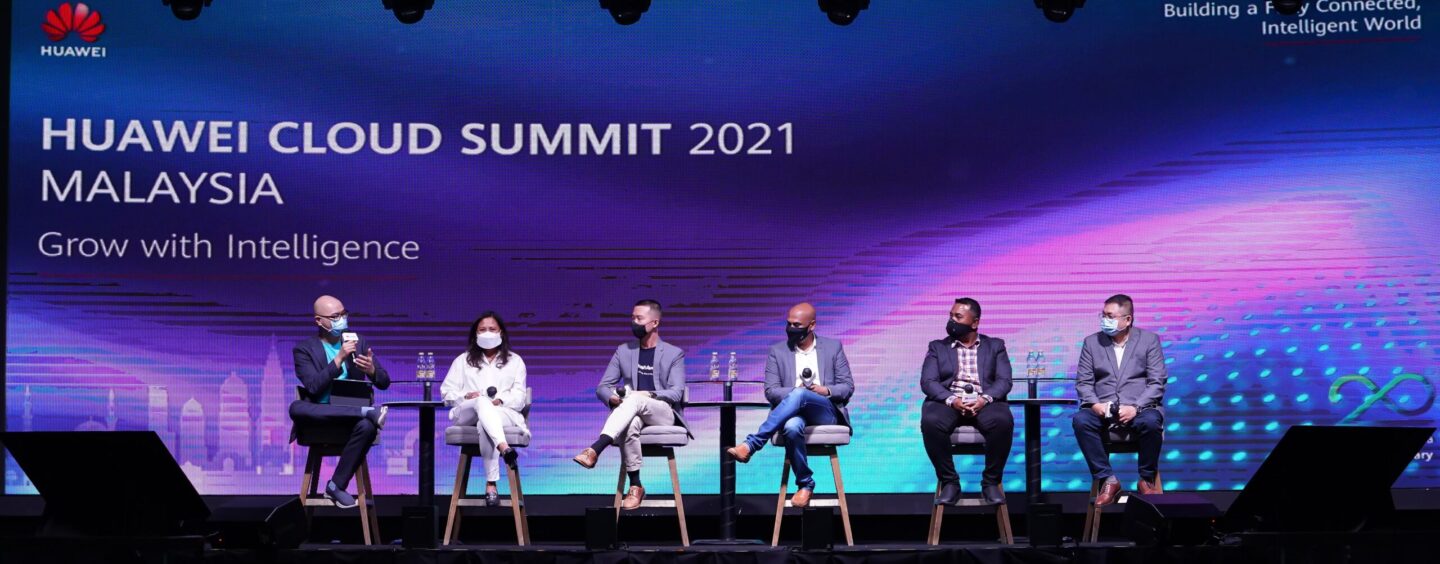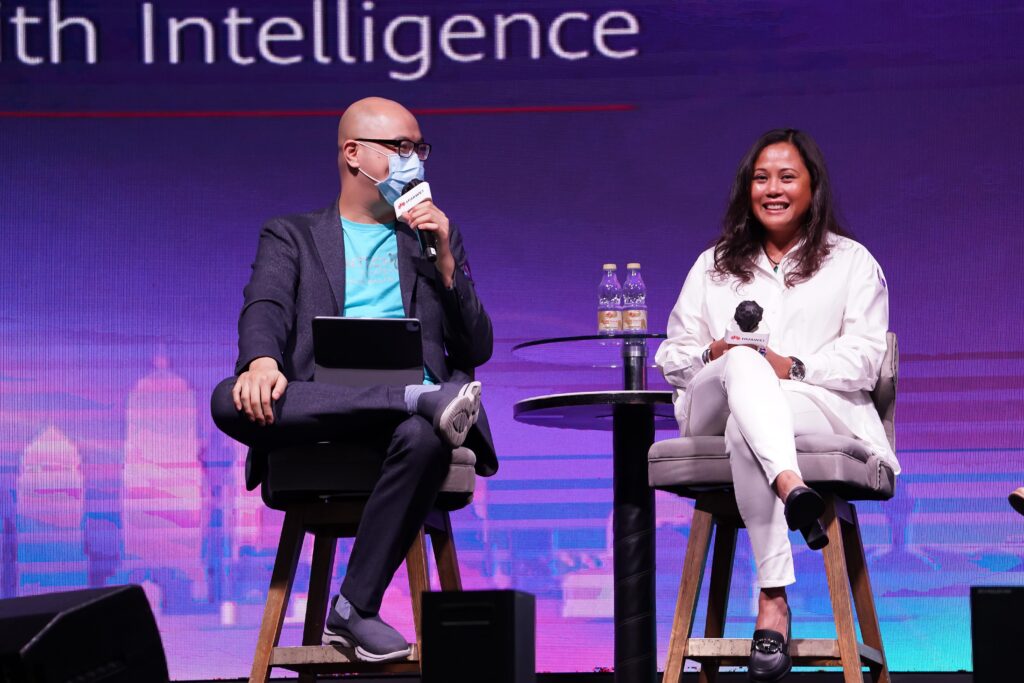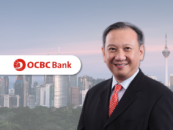As we close the curtains on a turbulent year, it seemed fitting to reconnect with old friends, reflect on learnings for the year, and contemplate how to navigate a hopefully post-pandemic 2022.
Which is why it was timely when the folks from Huawei invited me to moderate a session on financial services trends in 2022 at the Huawei Cloud Summit. Though I must admit, the organiser’s decision to have the event at Zouk in Genting certainly did pique my interest.
During my panel discussion which was titled “How Will Financial Services Evolve in 2022”, I was joined by well-known industry personalities to discuss the latest shifting trends within the sector.
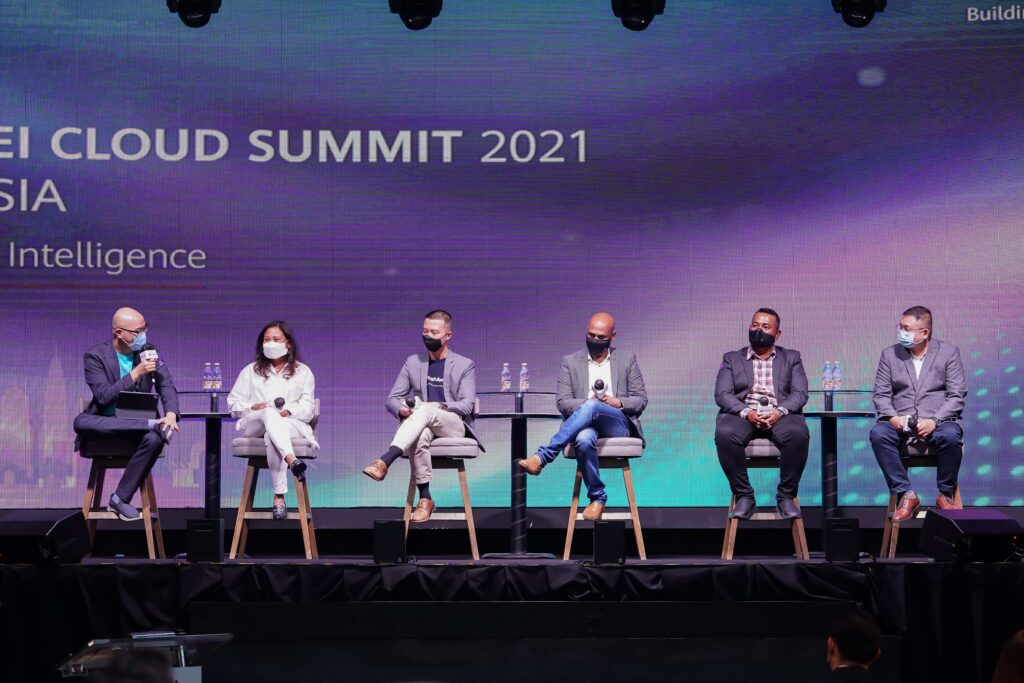
(L-R) Vincent Fong, Chief Editor Fintech News Malaysia, Raja Teh Maimunah, Managing Director, Wholesale Banking, Ambank, Wong Wai Ken, Country Manager, StashAway, Prasanta Roy, CTO, Tune Protect, Mohammad Ghaddafi, Vertical Director, BFSI, TM One, Chai Yit Sheng, Head FSI Development, Huawei Cloud
Banks are stepping down from their ivory towers
Raja Teh said that she is very encouraged by the increase in the number of partnerships that have been forged between banks and fintechs. In the past, she said that even getting the conversation started was a challenge.
“Just two years ago I couldn’t get that conversation going within the bank. To me, that’s the greatest shift in the past few years, the willingness of the decision makers in the banks to talk to fintechs and vice versa” said Raja Teh.
Raja Teh Maimunah, Managing Director, Wholesale Banking, Ambank
She said that banks weren’t really hungry enough and coupled with walled gardens created by regulatory compliance meant that there weren’t many players competing for a bank’s market share.
However, with the entrance of fintech startups and regulators introducing new frameworks to allow for more players to bring innovative solutions to the market, the situation has shifted.
“Then came people who moved our cheese, they do things faster, cheaper and that to me has been the big change,” she added.
In particular, she said that the digital banking framework introduced by Bank Negara Malaysia will bring about much-needed financial inclusion to the SME segment in Malaysia. She stressed that given the huge contribution to our nation’s GDP and the significant amount of jobs the segment provides, the industry is not doing enough to serve them.
She hopes that with the introduction of the new digital banks, these players can use technology and alternative credit scoring to better serve the SME segment. With these players shaking things up, she hopes that the incumbents will be pushed to do more.
“All of us are still extremely profitable, we’ve still not pushed to look at the bottom of that rung because it’s a volume game, I’m hoping the digital banks will egg us on and that will be good for the Malaysian economy as a whole,” she said.
The shifting winds of change in wealth
“Choice is the biggest thing in the wealth management space right now,” said Wai Ken.
In recent years, retail investors are spoilt for choice when it comes to investments, from the more traditional unit trust funds to the introduction of robo advisors, peer-to-peer (P2P) financing, equity crowdfunding, and even cryptocurrencies as well.
He said that with the wide availability of options, wealthtech firms like StashAway need to be constantly thinking about how to responsibly introduce investment opportunities for their customers.
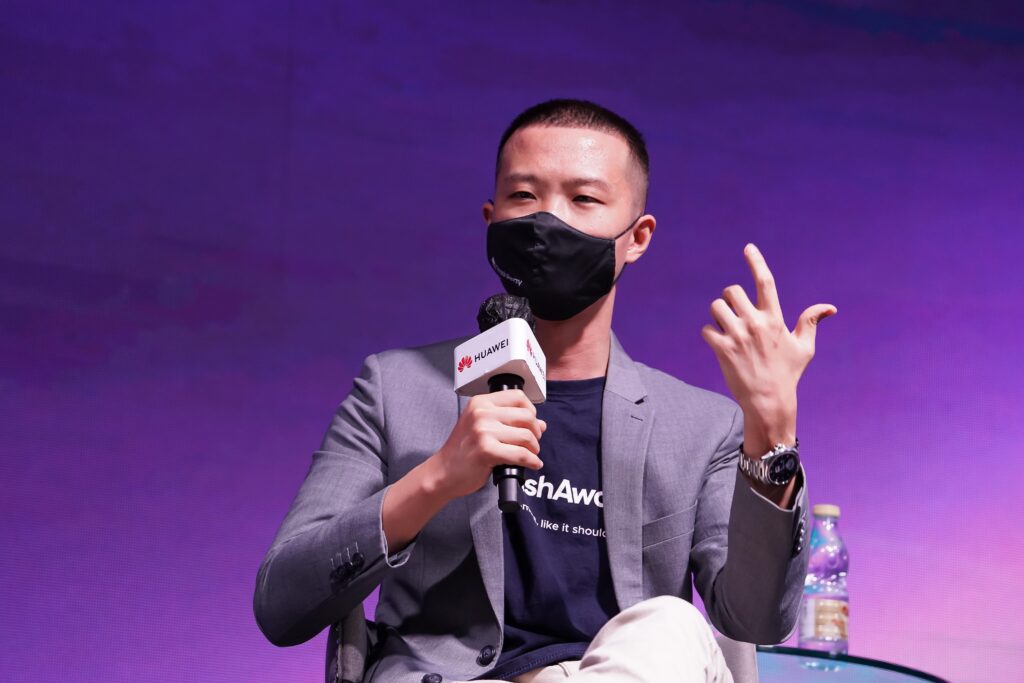
“We are thinking of new ways of introducing investment alternatives, people are asking for shariah, ESG, crypto and all sorts of variations in between,” he added.
When asked whether StashAway will eventually look at introducing crypto investment opportunities, Wai Ken said that while he himself is a believer of crypto, on the professional front he has a fiduciary duty to give the customers portfolios that are risk-managed.
He added that very often wealthtech firms like StashAway sit at the intersection between traditional finance though he did not seem opposed to the idea of one day looking at crypto investment opportunities for StashAway.
He jokingly said that since we’re still in the early days of cryptocurrencies that they have to,
“Crawl, walk and then eventually go to the moon”
He was alluding to the lingo among the cryptocurrency community where certain coins are rising in prices significantly.
What’s next for insurtech?
The BFSI sector often gets flak for being slow to embrace innovation, none more so than the folks within the insurance space, which has been stereotypically viewed as conservative. Roy said that he is very bullish about the rise of insurtechs.
He sees the entry of these nimble startups without the baggage of legacy systems to be a very disruptive force for the industry.

Prasanta Roy, CTO, Tune Protect
He stressed that one of the main things the industry still needs to solve is the massive underinsured and uninsured problem faced by Malaysia. Roy is convinced that digital solutions and partnerships are key to solving this issue. He pointed out, for example, to work with parties like POS Malaysia who has access to a huge base of the rural population.
Roy also added that the key to the insurance battleground is data.
“It’s all about data and how do you use it,” he said.
He said that insurers are increasingly looking at using data to change how they price insurance premiums. Insurers are using telematics data to determine a driver’s safety rating and assigning different premiums based on the respective driver’s risk profile. They are also looking at providing customers discounts based on data from smart watches if they practice healthy habits like walking a certain amount of steps everyday.
“Insurance is all about measuring risk, prevention is better than cure,” said Roy.
He also predicted that the adoption of public cloud will be more prevalent within the insurance sector.
5G as a tool for driving inclusion and innovation
“As much as 5G can bring speed and low latency, my biggest hope is that it can enable to us address the digital gap,” said Ghaddafi.
He believes that 5G could act as a foundational brick in driving more financial inclusion particularly within the rural communities. He pointed out 5G can enable banks to transform ATM machines into VTM machines, which will enable banks to serve rural communities with video technology in a more cost-effective manner.

Mohammad Ghaddafi, Vertical Director, BFSI, TM One
Yit Sheng on the other hand believes that 5G will be the foundational layer for many of the innovative solutions that we will see in the next few years. With 5G connected cars, we will be able to measure and capture a lot more data which can then be used for decisioning in behavioral-based insurance.

Chai Yit Sheng, Head FSI Development, Huawei Cloud
With the introduction of Buy Now, Pay Later (BNPL) solutions, Yit Sheng believes that real-time decisioning will be very important in the near future.
In a scenario where BNPL operators run credit checks on their customers at the point of purchase, he said that 5G will be key in enabling low-latency, real-time connections which in turn will power instant approvals.
Exciting possibilities for 2022 and beyond
All in all, the Huawei Cloud Summit provided a much-needed platform for the industry to exchange ideas and gain inspiration on how to navigate 2022 and beyond. With this decade being one of the most disruptive ones in recent history for the BFSI industry, 2022 will no doubt be an exciting one.
I’m certain the market will introduce many more innovative solutions and partnerships which, we at Fintech News Malaysia will diligently report and provide analysis on.
As we wrap up 2021, we wish all our readers a wonderful and fruitful 2022.



